Home>Gardening & Outdoor>Landscaping Ideas>How To Get Rid Of Moss And Grow Grass
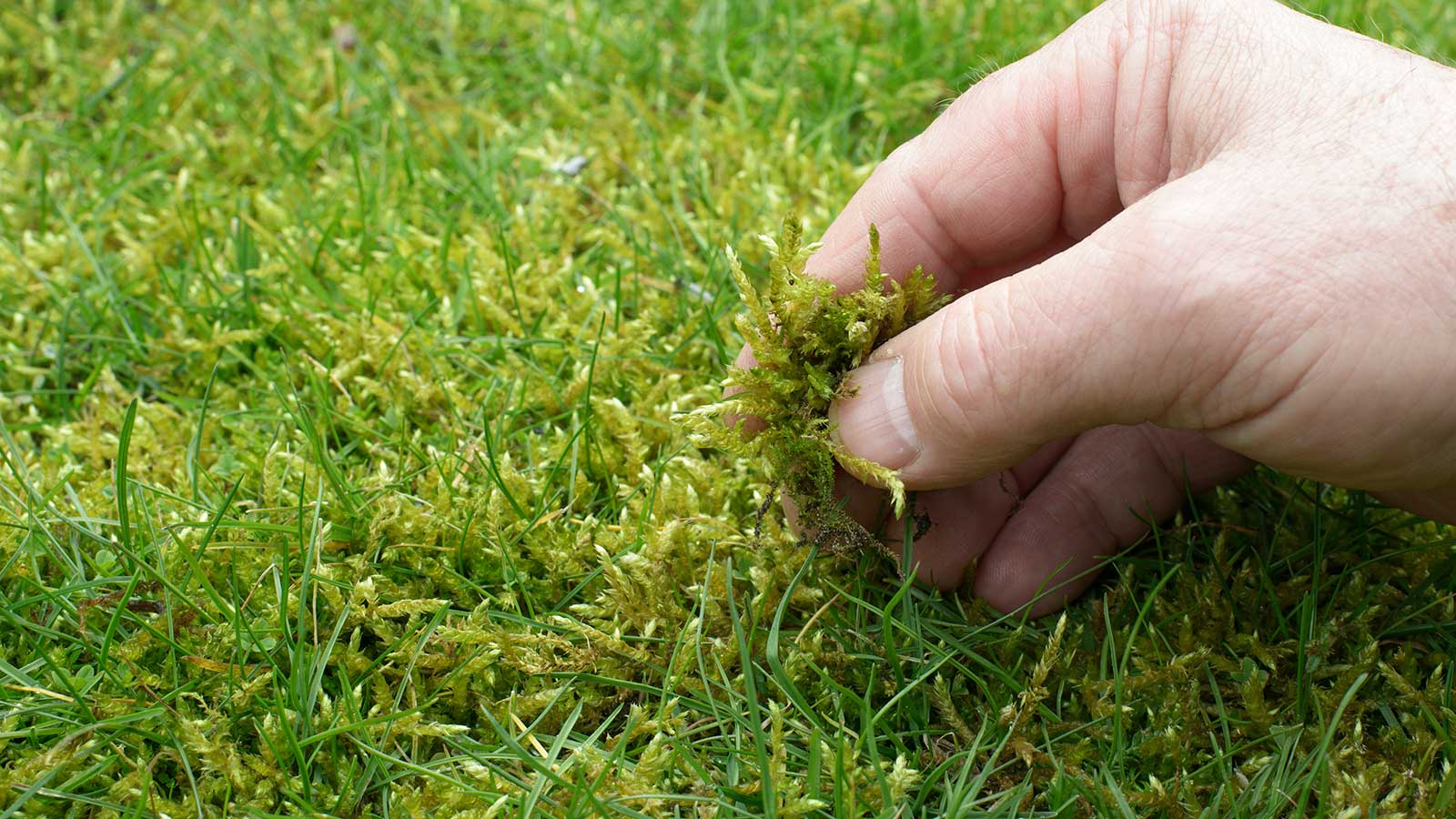

Landscaping Ideas
How To Get Rid Of Moss And Grow Grass
Modified: October 19, 2024
Discover effective landscaping ideas to eliminate moss and promote lush grass growth. Transform your lawn with our expert tips and techniques.
(Many of the links in this article redirect to a specific reviewed product. Your purchase of these products through affiliate links helps to generate commission for Storables.com, at no extra cost. Learn more)
Introduction
Welcome to the ultimate guide on transforming your mossy lawn into a lush carpet of green grass. Dealing with moss overgrowth can be a frustrating challenge for many homeowners, but fear not – with the right strategies, you can reclaim your lawn and create a thriving grassy landscape.
In this comprehensive guide, we will delve into the world of moss and grass, exploring the reasons behind moss growth, effective methods for removing moss, and proven techniques for promoting healthy grass growth. By understanding the underlying factors contributing to moss proliferation and learning how to encourage robust grass development, you will be equipped to revitalize your outdoor space and achieve the lawn of your dreams.
Whether you’re an avid gardener or a novice homeowner seeking to improve your lawn care skills, this guide will provide you with valuable insights and practical tips for achieving a moss-free, verdant lawn. So, roll up your sleeves and get ready to bid farewell to moss while cultivating a flourishing carpet of grass that will enhance the beauty and functionality of your outdoor environment.
Key Takeaways:
- Say goodbye to moss by improving drainage, managing shade, and optimizing soil pH. Reclaim your lawn with manual dethatching, mechanical scarification, and targeted moss-killing products. Prevent moss reemergence by aerating, improving drainage, managing shade, and optimizing soil pH.
- Transform your lawn into a lush oasis by selecting the right grass species, proper watering, balanced fertilization, and appropriate mowing practices. Create a vibrant, resilient lawn that outcompetes moss and enhances your outdoor space.
Read more: How To Get Rid Of Moss On A Brick Patio
Understanding Moss
Moss is a non-vascular plant that thrives in damp, shady, and compacted soil conditions. It reproduces through spores and can quickly colonize areas where grass struggles to grow. Understanding the factors that contribute to moss growth is essential for effectively addressing this issue.
One of the primary reasons for moss proliferation is poor drainage. When soil retains excess moisture due to inadequate drainage or heavy rainfall, it creates an ideal environment for moss to flourish. Additionally, compacted soil restricts the movement of water and air, leading to waterlogged conditions that favor moss over grass.
Shade is another key factor in moss development. Areas of the lawn that receive minimal sunlight provide the perfect habitat for moss to thrive. Overhanging trees, structures, or dense foliage can obstruct sunlight, creating shaded spots where grass struggles to compete with moss.
Acidic soil conditions also promote moss growth. If your soil has a low pH, it can hinder the healthy growth of grass while providing an advantageous environment for moss. Furthermore, neglecting to address underlying soil deficiencies can perpetuate the cycle of moss infestation.
By recognizing these factors, you can take proactive measures to address the root causes of moss overgrowth. From implementing effective drainage solutions and addressing soil compaction to strategically managing shade and optimizing soil pH, understanding moss and its preferred habitats is the first step toward achieving a moss-free lawn.
Removing Moss
When it comes to reclaiming your lawn from moss infestation, a proactive approach is essential. Several effective methods can be employed to remove moss and restore the health of your grass.
One popular technique for moss removal is manual dethatching and raking. By gently raking the affected areas, you can physically remove the moss from the surface of the soil. This method is particularly effective for small patches of moss and can be a therapeutic and satisfying task for homeowners.
For larger moss-infested areas, a dethatching machine or a scarifier can be used to mechanically lift and remove the moss. These tools are especially useful for addressing extensive moss coverage and can significantly expedite the removal process.
Chemical moss killers, such as ferrous sulfate or potassium salts of fatty acids, can also be employed to eradicate moss. These products effectively kill the moss, making it easier to remove manually or with a rake. However, it’s important to use these chemicals judiciously and in accordance with the manufacturer’s instructions to minimize their impact on the surrounding environment.
After removing the moss, it’s crucial to address the underlying issues that contributed to its growth. Aerating the soil to alleviate compaction, improving drainage to prevent waterlogging, and addressing soil pH imbalances are essential steps in preventing the return of moss.
Once the moss has been successfully removed and the underlying issues have been addressed, it’s time to transition to proactive measures to prevent its reemergence.
Regularly rake and aerate your lawn to improve drainage and reduce moisture, which will help discourage moss growth. Additionally, adjust your lawn’s pH level by adding lime to create a more favorable environment for grass to thrive.
Preventing Moss Growth
Preventing moss growth involves creating an environment that is conducive to healthy grass while discouraging the conditions that favor moss proliferation. By addressing key factors such as soil compaction, drainage, sunlight exposure, and soil pH, you can effectively thwart the return of moss and promote a vibrant lawn.
Aeration is a crucial step in preventing moss growth. By aerating the soil, you can alleviate compaction and improve the movement of air, water, and nutrients within the root zone. This creates an environment that is more favorable for grass growth, making it less hospitable for moss.
Improving drainage is another essential aspect of moss prevention. Ensuring that water can effectively drain away from your lawn prevents waterlogging, which is conducive to moss but detrimental to grass. Installing drainage solutions such as French drains or adjusting the grading of your lawn can help mitigate excess moisture accumulation.
Strategic management of shade is also key to preventing moss. While some areas of the lawn may receive limited sunlight due to natural obstructions, selectively pruning trees and shrubs, and strategically thinning out foliage can increase sunlight exposure, creating an environment where grass can thrive and moss struggles to establish itself.
Addressing soil pH imbalances is another important factor in moss prevention. Conducting a soil test to determine the pH of your soil and subsequently applying lime to raise the pH if it is too acidic can create a more hospitable environment for grass while inhibiting moss growth.
By integrating these preventive measures into your lawn care routine, you can create an environment that fosters healthy grass while minimizing the conditions that promote moss. With a proactive approach to moss prevention, you can enjoy a vibrant and resilient lawn that is resistant to moss infestation.
Growing Grass
Establishing and maintaining a healthy, dense stand of grass is the key to outcompeting moss and creating a vibrant, resilient lawn. By implementing effective grass-growing strategies, you can transform your outdoor space into a lush and inviting landscape.
Choosing the right grass species for your region and specific growing conditions is essential. Factors such as sunlight exposure, soil type, and climate play a significant role in determining the most suitable grass varieties. Whether you opt for cool-season grasses like Kentucky bluegrass and fescue or warm-season grasses such as Bermuda grass and Zoysia grass, selecting the appropriate species sets the foundation for successful grass growth.
Seeding or overseeding your lawn is a fundamental step in promoting grass growth. By carefully preparing the soil, selecting high-quality grass seed, and ensuring proper seed-to-soil contact, you can encourage the germination and establishment of healthy grass plants. Overseeding existing lawns can help fill in sparse areas and enhance the density of the grass stand, reducing opportunities for moss to take hold.
Proper watering is critical for nurturing grass growth. Establishing a consistent watering schedule that provides deep, infrequent watering promotes robust root development and overall grass health. Additionally, watering in the morning allows the grass foliage to dry during the day, reducing the risk of fungal diseases and moss-friendly damp conditions.
Fertilization plays a vital role in supporting grass growth and competitiveness. Applying a balanced fertilizer with the appropriate ratio of essential nutrients, such as nitrogen, phosphorus, and potassium, provides the grass with the nourishment it needs to thrive. However, it’s important to avoid over-fertilization, as excessive nitrogen can create favorable conditions for moss while inhibiting grass growth.
Maintaining proper mowing practices is essential for encouraging healthy grass growth. Setting the mower at the correct height for your grass species and adhering to the one-third rule – never removing more than one-third of the grass blade at a time – promotes strong, vigorous growth while minimizing stress on the grass plants.
By implementing these strategies and fostering optimal growing conditions for your grass, you can create a robust and luxuriant lawn that naturally resists moss infestation, resulting in a verdant and inviting outdoor space.
Read more: How To Get Rid Of Moss On Fake Grass
Conclusion
Transforming a moss-infested lawn into a thriving expanse of lush, green grass is an achievable goal with the right knowledge and strategies. By understanding the factors contributing to moss growth, implementing effective removal methods, and proactively preventing its reemergence, you can create an environment that fosters healthy grass while deterring moss.
Removing moss through manual dethatching, mechanical scarification, or targeted moss-killing products is the first step in reclaiming your lawn. However, it is equally important to address the underlying issues that contribute to moss growth, such as soil compaction, poor drainage, shade, and soil pH imbalances.
Preventing moss growth involves creating an environment that is conducive to healthy grass by implementing measures such as aeration, improved drainage, strategic management of shade, and soil pH optimization. By integrating these preventive strategies into your lawn care routine, you can create an inhospitable environment for moss while promoting robust grass growth.
Growing healthy grass is the cornerstone of a moss-resistant lawn. Selecting the right grass species, seeding or overseeding, proper watering, balanced fertilization, and appropriate mowing practices are essential components of successful grass growth. By fostering optimal conditions for your grass, you can create a dense, resilient lawn that outcompetes moss and enhances the beauty and functionality of your outdoor space.
With the insights and techniques outlined in this guide, you are equipped to embark on the journey of transforming your lawn from a mossy patch to a verdant oasis. By leveraging a combination of knowledge, proactive measures, and effective lawn care practices, you can achieve a moss-free, lush lawn that becomes a source of pride and enjoyment for years to come.
So, roll up your sleeves, put these strategies into action, and watch as your lawn undergoes a remarkable transformation, evolving into a vibrant and inviting landscape that reflects your dedication to nurturing a healthy outdoor environment.
Frequently Asked Questions about How To Get Rid Of Moss And Grow Grass
Was this page helpful?
At Storables.com, we guarantee accurate and reliable information. Our content, validated by Expert Board Contributors, is crafted following stringent Editorial Policies. We're committed to providing you with well-researched, expert-backed insights for all your informational needs.
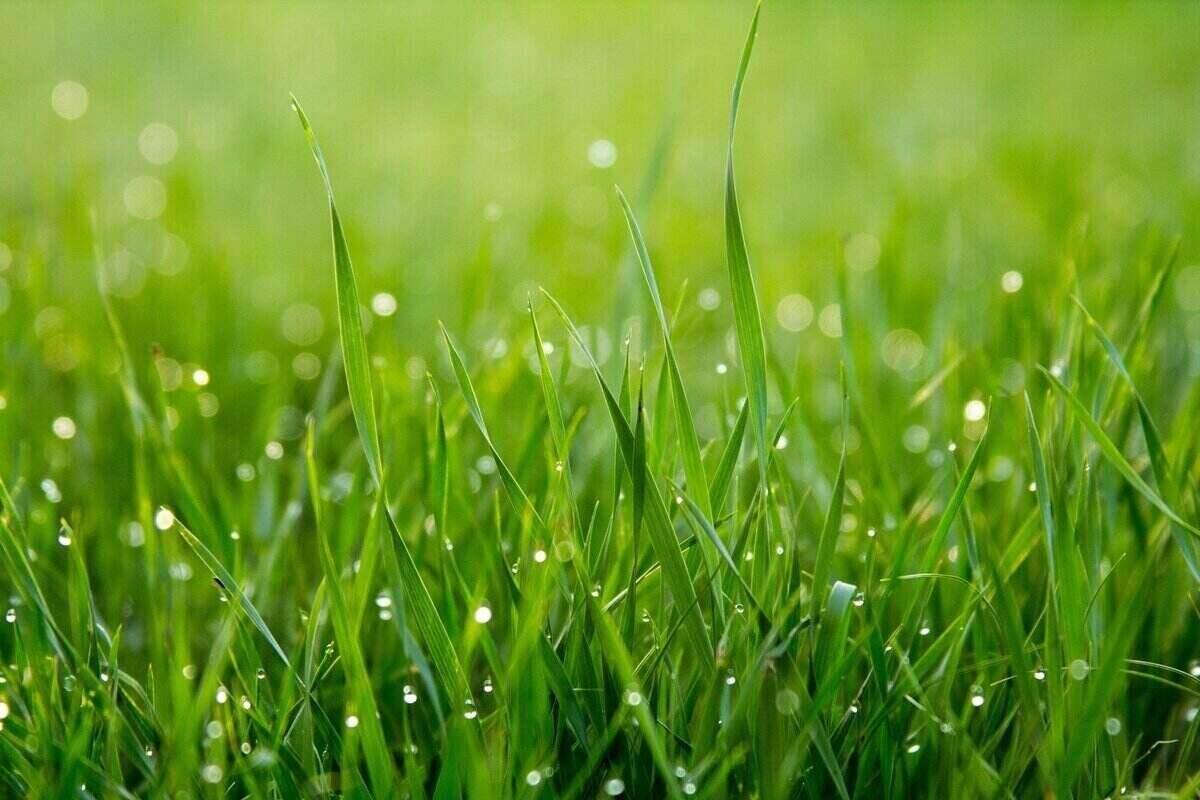
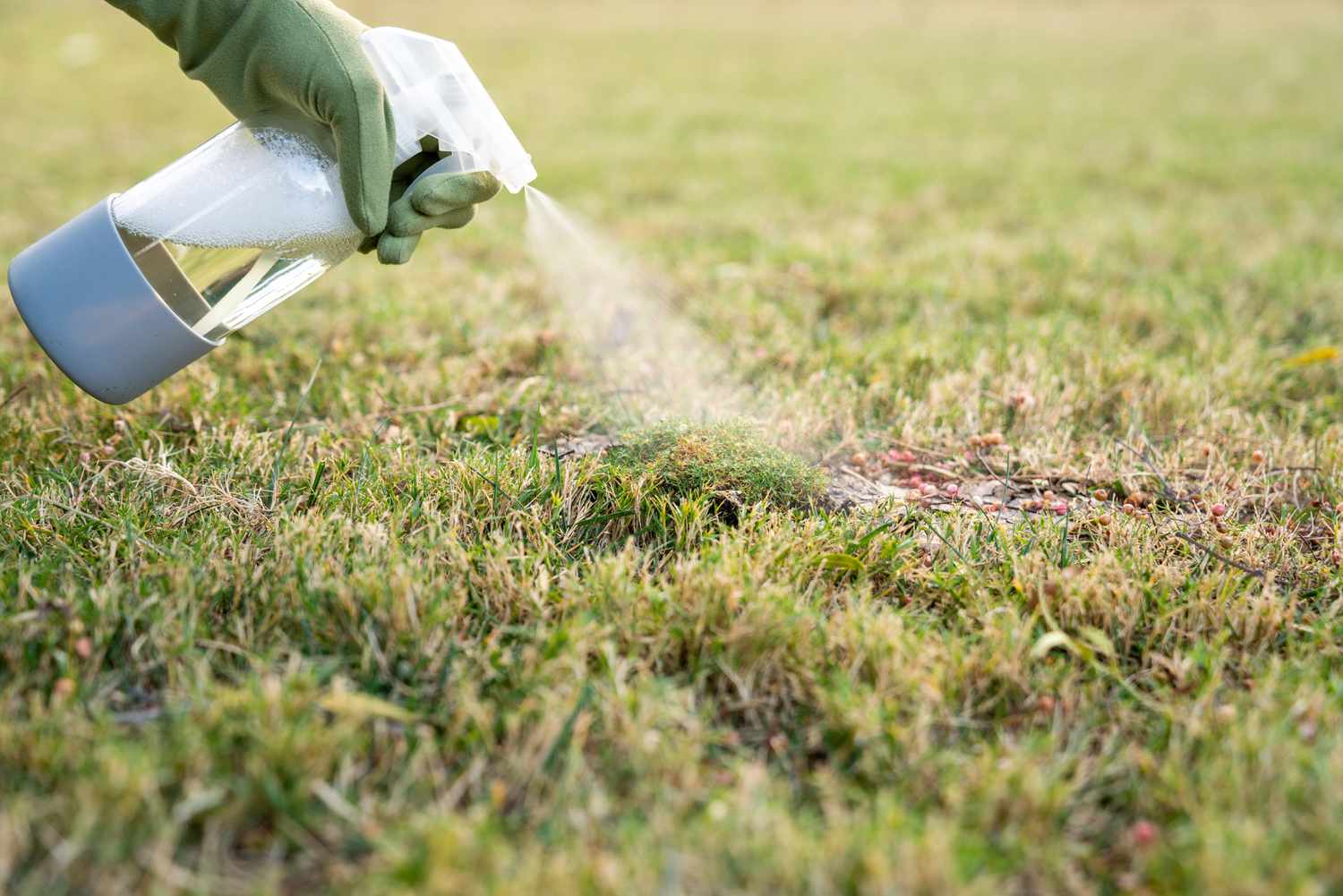
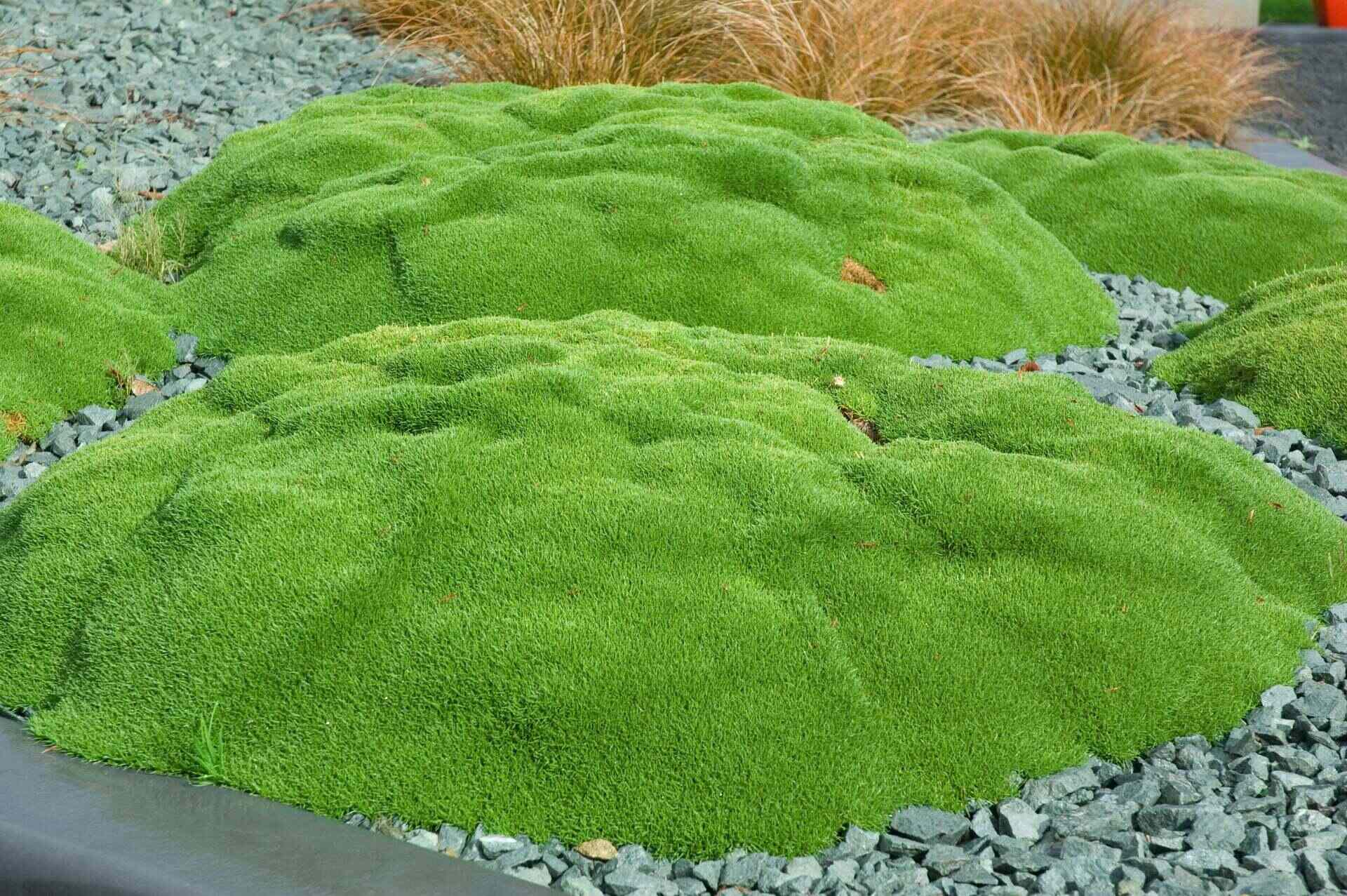
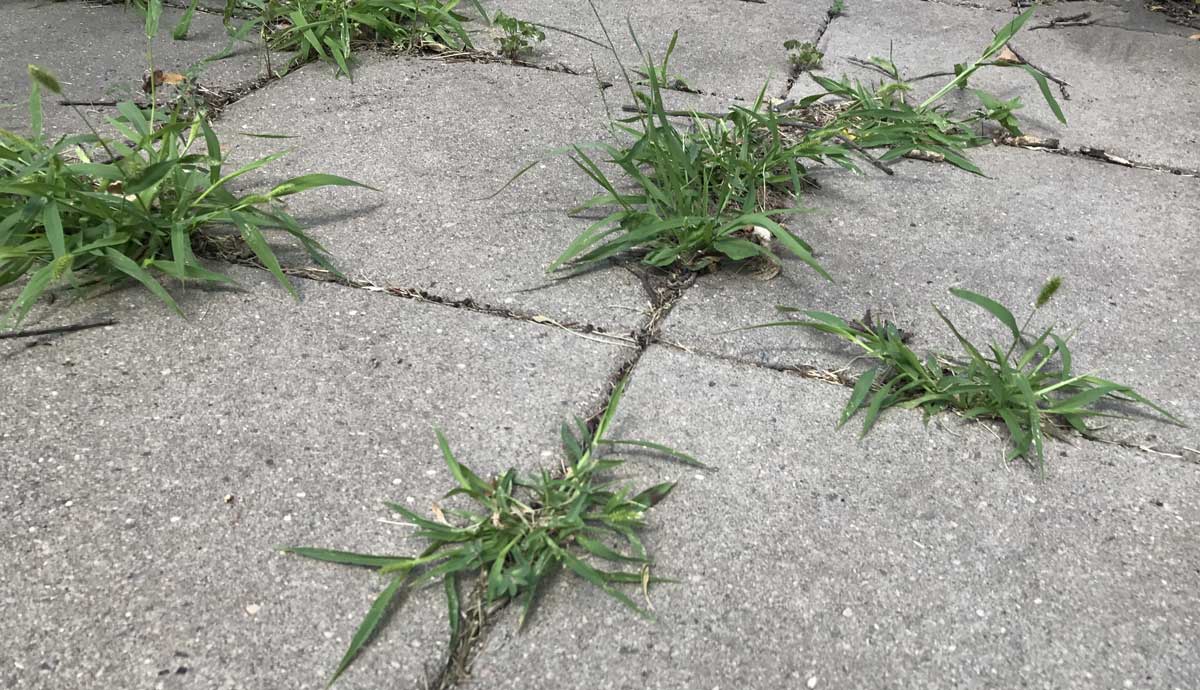
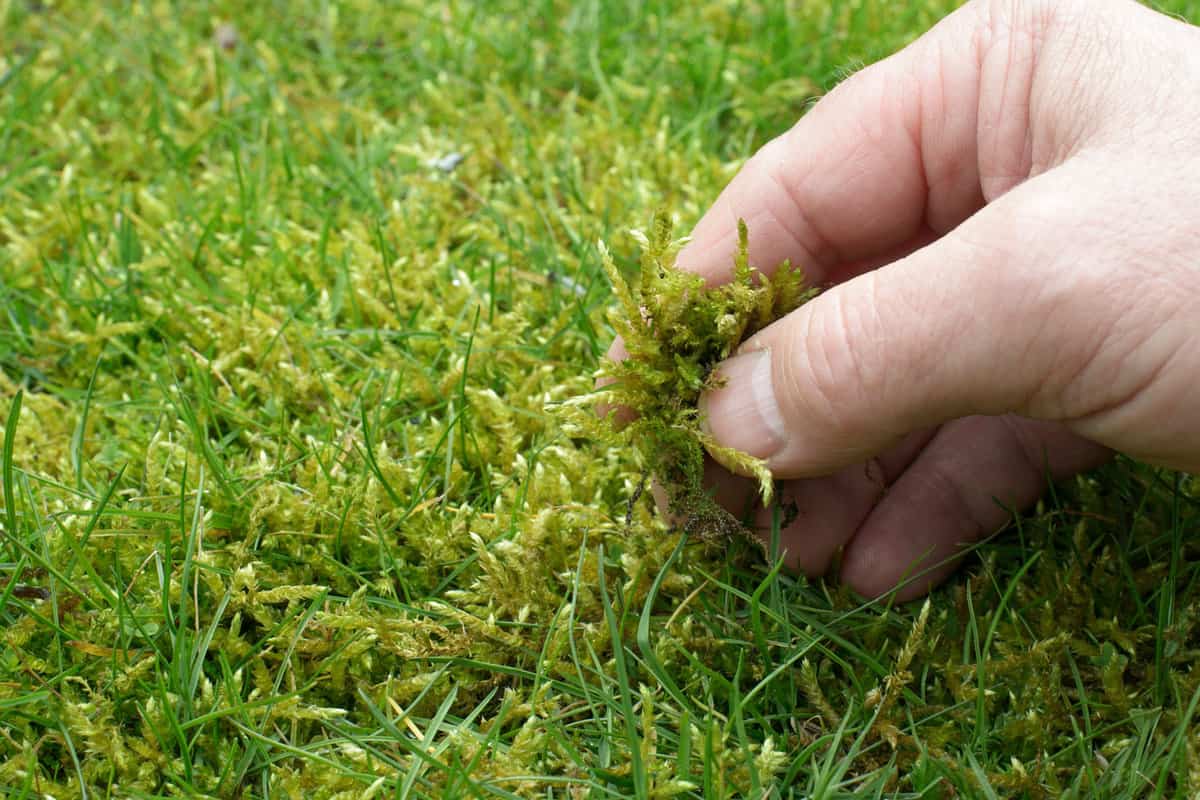
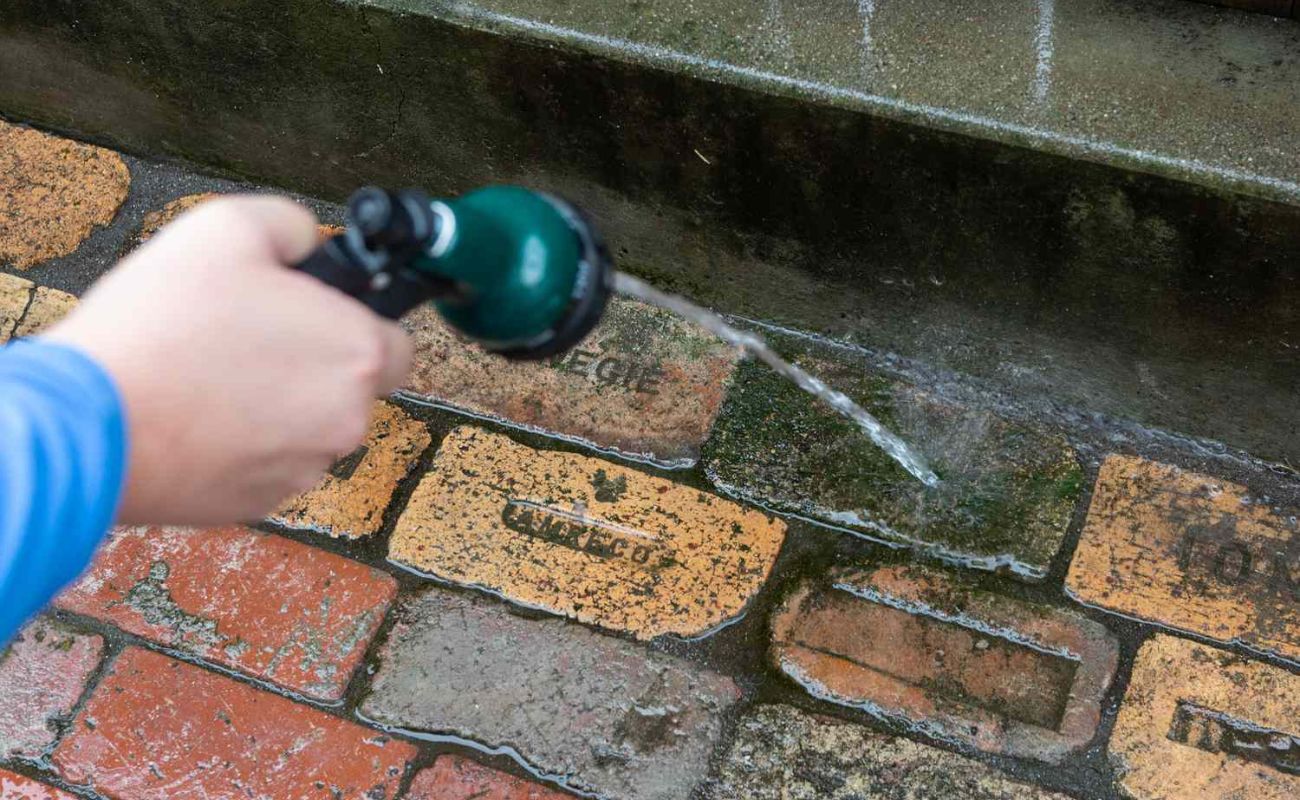









0 thoughts on “How To Get Rid Of Moss And Grow Grass”